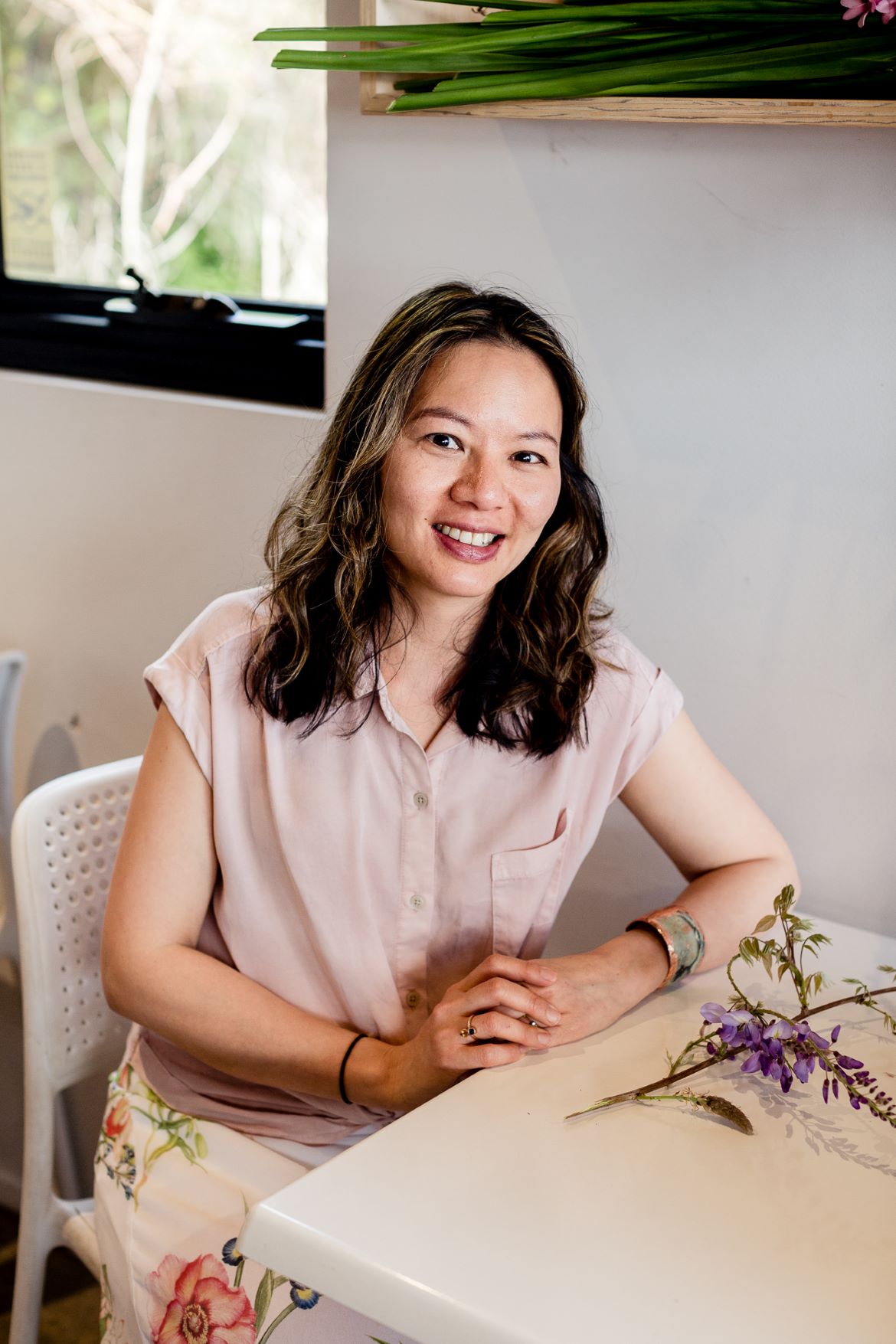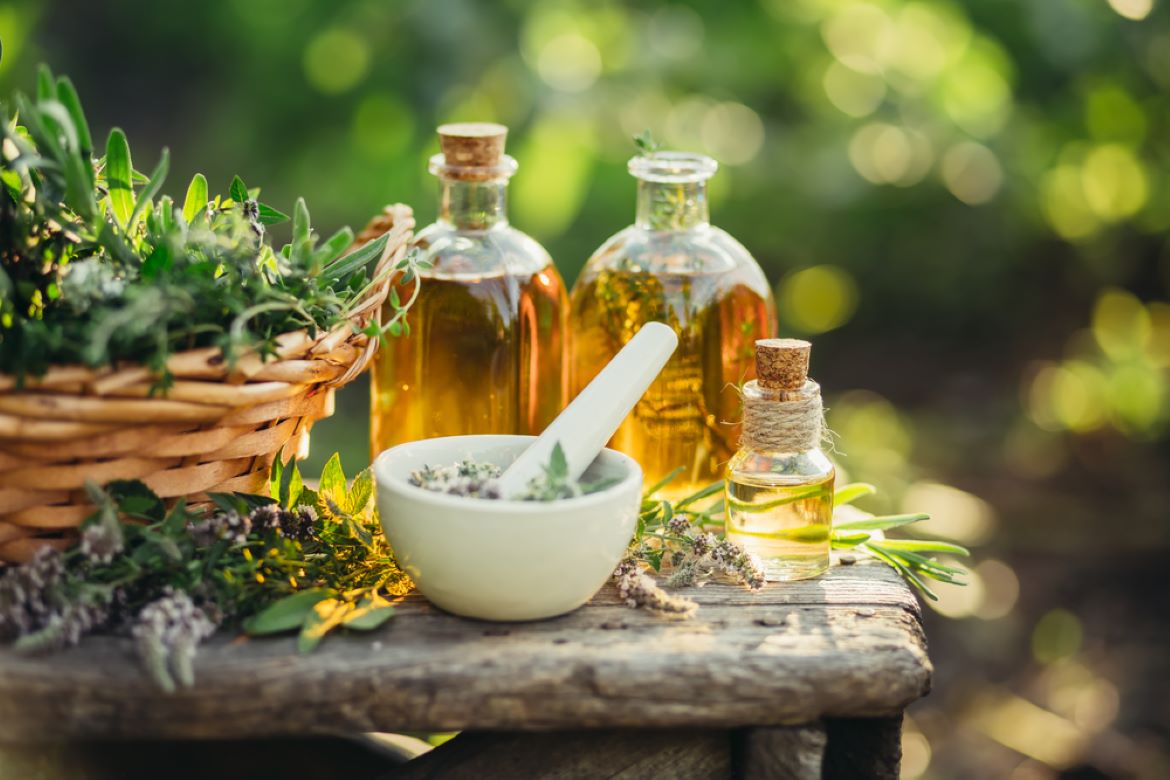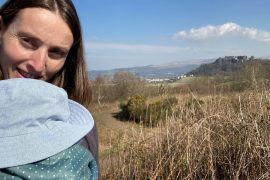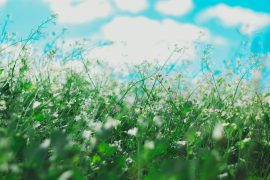After spending 14 years as a community pharmacist, Karen Cheah uses her pharmaceuticals experience and her love of plants and botanicals to create natural skincare products that will alleviate skin conditions in both adults and children.
She loved researching the way botanical extracts and essential oils work and in the compounding room at her pharmacy, Priceline Pharmacy Margaret River, she has created a range of products that rebalance, cleanse, renew, soothe, heal, and protect your skin.

As a mother of 4 boys, Karen saw firsthand the heartbreak and frustration of a child dealing with eczema. Her third youngest son developed eczema when he was 4 years old and they spent several years trying to control and manage the itchy, broken skin and staph infections. There were many sleepless nights where his skin would itch all over and, as a parent, she felt helpless and frustrated watching him deal with these constant flare-ups and the subsequent lack of sleep.
Nothing seemed to help heal the skin, prevent the bacterial infection or calm the rash, and topical steroids would only work for a short time. Thankfully, he outgrew his eczema eventually, but Karen wishes there had been an effective, natural treatment available at the time to ease his discomfort and heal his skin. She has since discovered that natural extracts and active ingredients such as propolis and manuka have so much to offer in terms of the healing and prevention of skin disorders.

Propolis is a compound produced by bees when they combine plant resins with beeswax, and ancient civilizations used it thousands of years ago for its medicinal and therapeutic properties. There are many benefits to its use, including wound healing and tissue regeneration. Research has identified over 300 compounds in propolis, the majority of which are forms of polyphenols: antioxidants that fight damage and disease in the body. It is thought to have antiseptic, antibacterial, antiviral, antifungal, and anti-inflammatory properties.











